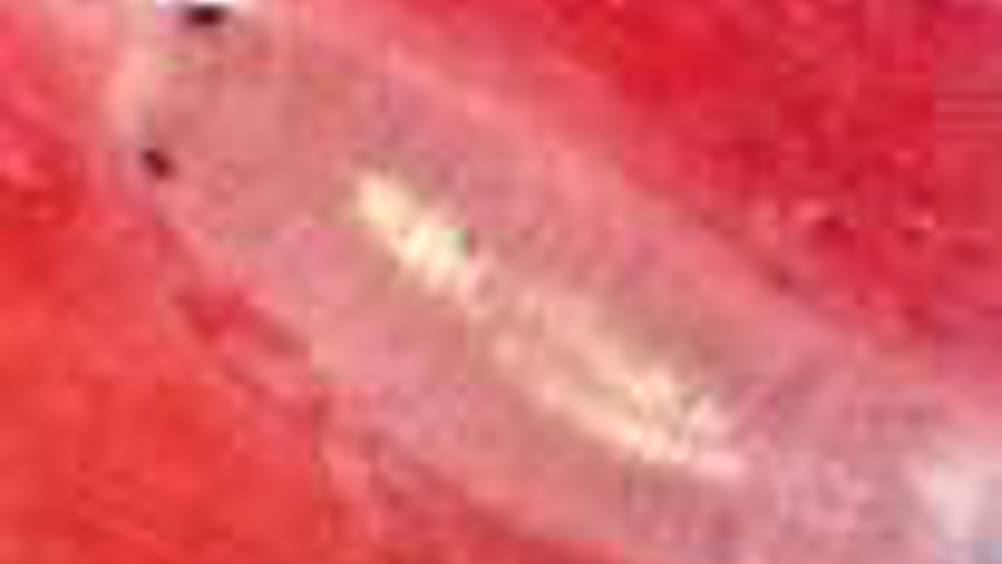Photons to fuel
An investment of £27m has been made in bioenergy research to find out if fuel can be developed from agricultural wastes and non-food crops. Stuart Nathan reports.

The Isle of Wight is an unusual place to look for answers to major environmental problems. But then, the Isle of Wight is an unusual place. The first dinosaur fossils were found there and it was the home of the British space programme. But who would have thought that the key to making sustainable biofuels could be found in the intestines of a microscopic organism that is eating away at the foundations of the island's piers — the unlikely named gribble?
The pesky gribble is one of the most important research targets of the newly formed
, a 'virtual institution' spread around the country at major bioscience facilities. The
(BBSRC) has awarded the centre its largest ever bioenergy grant, £27m over five years. This, said Prof Douglas Kell, chief executive of the BBSRC, is because there is a definite — although maddeningly uncertain — deadline for biofuels research. 'One day, fossil fuels will run out,' he said. 'We can say that with certainty. All we'll have is what we can derive from sunlight. There are a lot of steps from photons to fuel, but it's something we have to look into.'
Register now to continue reading
Thanks for visiting The Engineer. You’ve now reached your monthly limit of premium content. Register for free to unlock unlimited access to all of our premium content, as well as the latest technology news, industry opinion and special reports.
Benefits of registering
-
In-depth insights and coverage of key emerging trends
-
Unrestricted access to special reports throughout the year
-
Daily technology news delivered straight to your inbox










UK Enters ‘Golden Age of Nuclear’
The delay (nearly 8 years) in getting approval for the Rolls-Royce SMR is most worrying. Signifies a torpid and expensive system that is quite onerous...